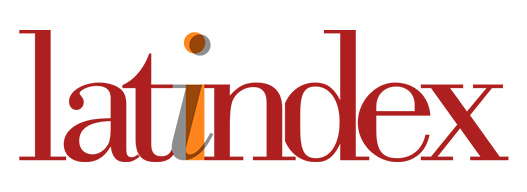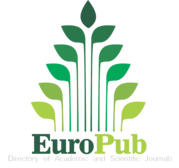Microalgae-based wastewater treatment for nutrients recovery
Tratamiento de aguas residuales con microalgas para la recuperación de nutrientes

This work is licensed under a Creative Commons Attribution-NonCommercial-ShareAlike 4.0 International License.
Atribución - No Comercial – Compartir igual (by-nc-sa): permite a los usuarios distribuir, remezclar, retocar, y crear a partir de la obra original de modo no comercial, siempre y cuando se dé reconocimiento al autor y se licencien o circulen sus nuevas creaciones u obras derivadas bajo las mismas condiciones de esta licencia.
Show authors biography
Article visits 2 | PDF visits
Downloads
Abdelfattah, A., Ali, S. S., Ramadan, H., El-Aswar, E. I., Eltawab, R., Ho, S.-H., Elsamahy, T., Li, S., El-Sheekh, M. M., Schagerl, M., Kornaros, M., & Sun, J. (2023). Microalgae-based wastewater treatment: Mechanisms, challenges, recent advances, and future prospects. Environmental Science and Ecotechnology, 13, 100205. https://doi.org/10.1016/j.ese.2022.100205
Abdel-Raouf, N., Al-Homaidan, A. A., & Ibraheem, I. B. M. (2012). Microalgae and wastewater treatment. Saudi Journal of Biological Sciences, 19(3), 257-275. https://doi.org/10.1016/j.sjbs.2012.04.005
Colla, G., & Rouphael, Y. (2020). Microalgae: New Source of Plant Biostimulants. Agronomy, 10(9), 1240. https://doi.org/10.3390/agronomy10091240
Facts & Factors. (2023). Microalgae Market By Type of Species (Aphanizomenon Flos-Aquae, Dunaliella, Chlorella, and Spirulina), By Application (Pharmaceutical, Cosmetic, Food/Feed, Dietary Supplements, and Others), and By Region-Global and Regional Industry Trends, Competitive Intelligence, Analysis of Data, Statistical Data, and Forecast 2022-2028. https://www.fnfresearch.com/microalgae-market
Garcia-Gonzalez, J., & Sommerfeld, M. (2016). Biofertilizer and biostimulant properties of the microalga Acutodesmus dimorphus. Journal of Applied Phycology, 28(2), 1051-1061. https://doi.org/10.1007/s10811-015-0625-2
Gitau, M. M., Farkas, A., Ördög, V., & Maróti, G. (2022). Evaluation of the biostimulant effects of two Chlorophyta microalgae on tomato (Solanum lycopersicum). Journal of Cleaner Production, 364, 132689. https://doi.org/10.1016/j.jclepro.2022.132689
Gupta, V., Ratha, S. K., Sood, A., Chaudhary, V., & Prasanna, R. (2013). New insights into the biodiversity and applications of cyanobacteria (blue-green algae)—Prospects and challenges. Algal Research, 2(2), 79-97. https://doi.org/10.1016/j.algal.2013.01.006
La Bella, E., Baglieri, A., Fragalà, F., & Puglisi, I. (2022). Multipurpose Agricultural Reuse of Microalgae Biomasses Employed for the Treatment of Urban Wastewater. Agronomy, 12(2), 234. https://doi.org/10.3390/agronomy12020234
Pujawan, I. N., & Bah, A. U. (2022). Supply chains under COVID-19 disruptions: Literature review and research agenda. Supply Chain Forum: An International Journal, 23(1), 81-95. https://doi.org/10.1080/16258312.2021.1932568
Su, M., Dell’Orto, M., D’Imporzano, G., Bani, A., Dumbrell, A. J., & Adani, F. (2022). The structure and diversity of microalgae-microbial consortia isolated from various local organic wastes. Bioresource Technology, 347, 126416. https://doi.org/10.1016/j.biortech.2021.126416





